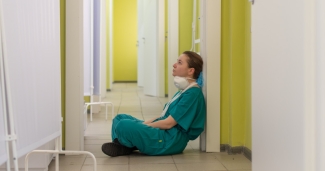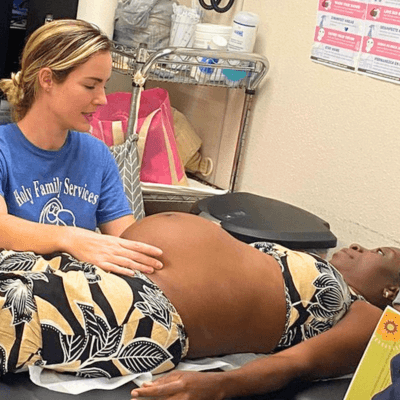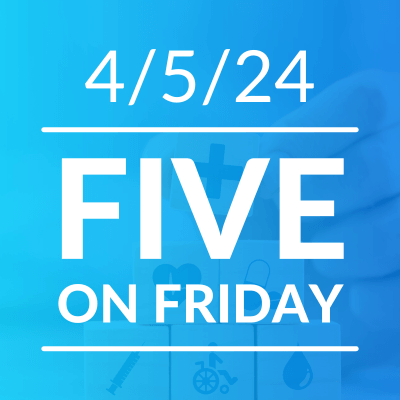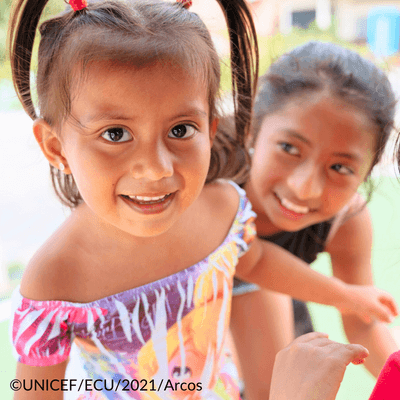How Witness to Witness Is Helping Health Care Workers, Parents, and Others Address Emotional Responses to the Pandemic
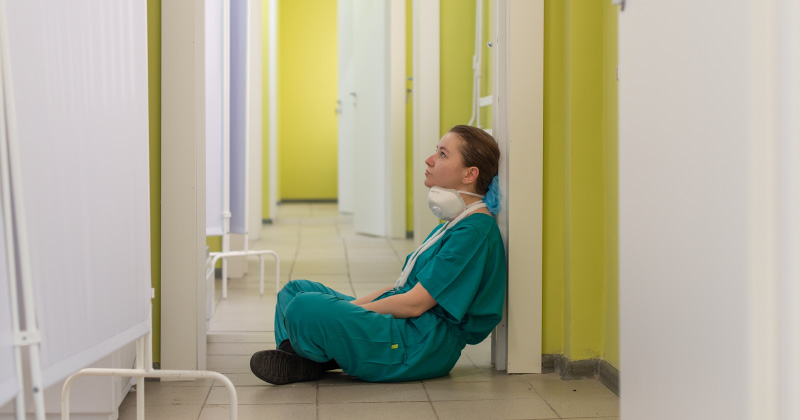
[Editor’s Note: Witness to Witness continues to provide remarkable resources to help us cope with our emotional responses to the pandemic – and the many other stressors in our lives. Sign up for updates on the Witness to Witness webpage to hear about upcoming webinars, new resources, and other updates from Dr. Weingarten.]
Although it may feel like the Coronavirus has been with us forever, in fact, for most people, the changes in their lives started in March, when the first emergency declarations occurred in several states. The Witness to Witness (W2W) program, affiliated with Migrant Clinicians Network (MCN), immediately shifted its focus to respond to the needs of its constituents, primarily health care workers now deemed essential but also at significant risk to themselves and their families, to offer frameworks and support to cope with the unprecedented level of disaster. We distributed handouts and offered webinars in both English and Spanish in an effort to accompany people through the unfolding hardships.
In the last few months, considerable survey data has been published that charts the responses of American adults, both in the general public and for health care workers in particular. Data from surveys published since the death of George Floyd add to the picture of significant distress for Americans. A recent survey in Medscape of US and international physicians reports data that is now typical: 64% of US physicians report increases in burnout since Covid-19; report changes in eating habits, alcohol consumption, exercise routines and social relationships; and greater loneliness. This is consistent with data reported by the CDC that found that about double the number of American adults were reporting symptoms of anxiety and/or depression as compared to reporting those symptoms in the previous year. The American Psychological Association survey found that parents were more distressed than non-parents and that communities of color were experiencing even more distress overall than Whites. A more recent five-part polling series conducted by NPR, The Robert Wood Johnson Foundation, and Harvard T.H. Chan School of Public Health conducted in July – August 2020 confirms that of the APA survey. The series examines “the most serious health and financial problems facing households across America prior to the expiration of federal coronavirus support programs.” They were able to reach vulnerable populations due to their offering respondents three choices to complete the survey: online, landline, and telephone. The main finding was that 61% of households with children are facing serious financial problems.
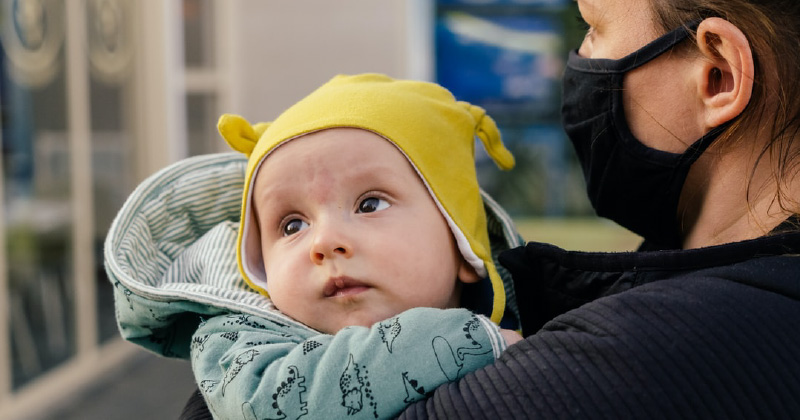
In addition to the financial stressors, the risks of food and residential insecurity, parents are also confused by the lack of expert consensus as to whether children are at risk of severe Covid-19 disease. Parents are uncertain about whether it is medically safe to send their children to school or unsafe academically to keep them at home with variable success of online learning. And what about the lack of normal socializing opportunities for child development and the increased reliance on screens? Whether parents are working from home or are essential workers and are leaving children at home, these are challenges and dilemmas parents face.
The Witness to Witness Program is offering frameworks to support adults grappling with the issues these surveys identify. First and foremost, we identify that the Coronavirus Pandemic is a disaster that is severe, intense, unpredictable, out of our control, with an unknown time horizon requiring massive adjustments in daily life and an unknown future ahead. While there may have been a brief honeymoon when it seemed that communities could pull together and, in particular, appreciate the heroism of our essential workers, that phase was brief and has largely passed over into a phase of “disillusionment,” which will be of unknown duration. Just acknowledging these features of our time has offered relief.
Next we address the grief and rage that have become a toxic brew for so many people. While burnout may be high among health care workers, we also offer an alternative frame. The distress that essential workers feel may reflect their awareness that values that they hold dear are being violated by systems that are inequitable and unfair. Burnout, while uncomfortable, may also represent the best parts of themselves. We then set our ideas about self-care within this explicitly political framework. We encourage self-care not because it will decrease attrition, although it may, but because it is necessary to care for oneself in order to do the work in the world – for ourselves, our families, our communities, our workplace – that we care about. We encourage self-care as a way of staying aware and empowered rather than numbing out and withdrawing from the complexities that confront all adults at this time.
Two more frameworks have been helpful. Everyone has a zone of resilience and people manifest their resilience in different ways. It’s useful to consider and name what each person’s way of manifesting resilience is. Even young children can think about their own way of showing resilience! Of course, sometimes we move out of our resilience zone and we get stuck: whether too high – hyper – or too low – no energy. At W2W we help people develop their personal toolbox of resources to help them stay in, or return to, their personal zone of resilience.
Finally, we identify the disappointments that can follow from having our hopes dashed. But that comes from a particular kind of hope, what we call “rainbow” hope, or pie-in-the-sky hope. Instead, we encourage thinking about hope as something that people do together. Sure, hope is a feeling, but it is also a set of actions we do with others precisely because we have doubts, are uncertain and feel discouraged at times. In solidarity with others, we can support each other to feel better and do better than when we go it alone.
At W2W we offer webinars to present ideas that can help people cope with the stresses of our time. In the last 12 months we have reached over 2200 people with our live webinars and more people have watched our archived webinars in English and Spanish. We have many resources on our website in English and Spanish to help people cope with the impacts of the pandemic on themselves, their families and their work teams. We offer peer support through virtual communities of support. Following participation in these sessions, our evaluation measures demonstrate clear reductions in both stress and depression and increases in self-efficacy. One participant commented, “I feel so much better now, so validated. I am proud that I am living my values.” We also consult to organizations that want to be more supportive to their employees. At W2W we nest ideas about individual resilience inside ideas about family, community, cultural and organizational resilience.
The pandemic has made visible fault lines that have always been there. MCN and W2W are committed to addressing these fault lines with concrete solutions for these challenging times.
Learn more about Witness to Witness and access W2W resources:
https://www.migrantclinician.org/witness-to-witness
Watch recent W2W archived webinars in English:
“How to Support a Friend, Family Member or Colleague Who is Suffering in the Context of the Pandemic.”
“Grief in the Time of COVID-19: Loss, Connection and Hope”
“Managing stress in uncertain times: How clinicians can stay resilient in the time of COVID-19”
Watch recent W2W archived webinars in Spanish:
“Manejo del estrés durante tiempos inciertos: la ‘esperanza razonable’ como herramienta para VdS en el tiempo de COVID-19”
“Manejo del estrés durante tiempos inciertos: la ‘esperanza razonable’ como herramienta para proveedores de salud y trabajadores en Puerto Rico durante emergencias de salud pública”
“Encontrando las fortalezas familiares durante los tiempos del COVID-19”
“El Duelo/Perdida: entendiendo, manejando y preparándonos para ello”
“Actualización. Trabajando en los tiempos de COVID19: Protegiendo a los trabajadores vulnerables y sus familias”
Like what you see? Amplify our collective voice with a contribution.
Got some good news to share? Contact us on our social media pages above.
Return to the main blog page or sign up for blog updates here.
- Log in to post comments
